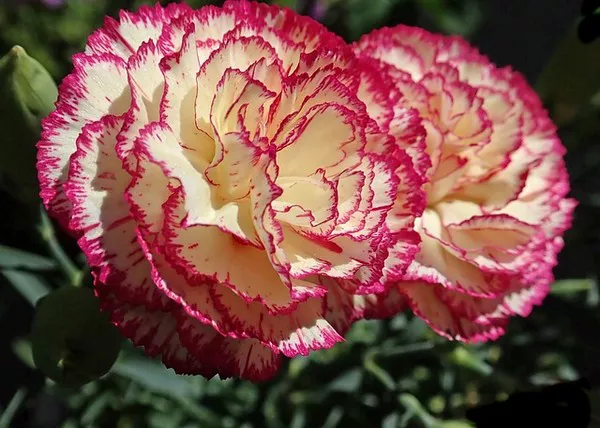Flowers, with their delicate petals and vibrant hues, have long captivated the human imagination. Beyond their aesthetic appeal, these botanical wonders carry a profound language of symbolism that transcends cultures and epochs. From expressing emotions to conveying messages, flowers have played a pivotal role in human communication. This article explores the rich tapestry of meanings woven into the petals of various blooms, unraveling the secrets behind what flowers symbolize.
Historical Significance:
The symbolic language of flowers, known as floriography, has roots that extend deep into history. The Victorian era, in particular, witnessed a surge in the popularity of conveying sentiments through floral arrangements. During this period, individuals utilized bouquets as a means of expressing emotions that were often considered inappropriate or forbidden in verbal communication.
Flowers became an elegant and subtle tool for conveying sentiments ranging from love and friendship to disdain and sorrow. Each bloom held a specific meaning, allowing individuals to craft messages with utmost precision, even in the presence of societal constraints.
The Language of Love:
One of the most well-known and widely practiced uses of floral symbolism is in the expression of love and romance. Red roses, perhaps the most iconic of all romantic flowers, have symbolized love and passion for centuries. The deep red hue of the petals signifies deep emotions, making them an ideal choice for declarations of love.
Beyond roses, other flowers also convey love in its various forms. The delicate and enchanting tulip, for instance, represents perfect love, making it an excellent choice for expressing admiration and affection. Similarly, the elegant orchid symbolizes love, beauty, and strength, adding a touch of exotic allure to expressions of passion.
Expressions of Sympathy and Remembrance:
Flowers also play a crucial role in expressing sympathy and honoring the departed. White lilies, with their serene appearance, are often associated with the restoration of the soul after death. Chrysanthemums, on the other hand, hold significance in many cultures as symbols of death and are frequently used in funeral arrangements.
In times of grief, the language of flowers provides a comforting and respectful means of expressing condolences. The choice of blooms in sympathy bouquets can convey empathy, support, and a deep understanding of the emotions surrounding loss.
Floral Symbolism Across Cultures:
While some flower meanings may be universal, others carry distinct cultural significance. For instance, the lotus flower holds profound importance in Eastern cultures, symbolizing purity, enlightenment, and rebirth. In contrast, the cherry blossom, revered in Japan, represents the fleeting nature of life and the beauty found in impermanence.
In Chinese culture, the peony is a symbol of prosperity, wealth, and honor. Its lush, opulent blooms convey messages of good fortune and success, making it a popular choice for celebratory occasions.
The Language of Colors:
Beyond the specific type of flower, the color of blooms also plays a crucial role in determining their symbolic meaning. Red, as mentioned earlier, is often associated with love and passion. Yellow, on the other hand, represents friendship and joy, making sunflowers and daffodils popular choices for celebratory occasions.
White flowers, such as lilies and roses, convey purity, innocence, and reverence. Blue flowers, such as hydrangeas and forget-me-nots, symbolize tranquility and enduring love. Understanding the nuances of color adds a layer of depth to the language of flowers, allowing for more nuanced and personalized expressions.
Conclusion:
In the intricate world of floral symbolism, each bloom and petal carries a message waiting to be deciphered. From expressions of love and joy to conveying condolences and remembrance, flowers serve as messengers of the heart. As we unravel the secrets behind what flowers symbolize, we discover a timeless language that transcends cultural boundaries and speaks to the universal human experience. So, the next time you receive a bouquet or stroll through a garden, take a moment to appreciate the silent eloquence of nature’s blossoms, each one whispering a story of emotion and meaning.


